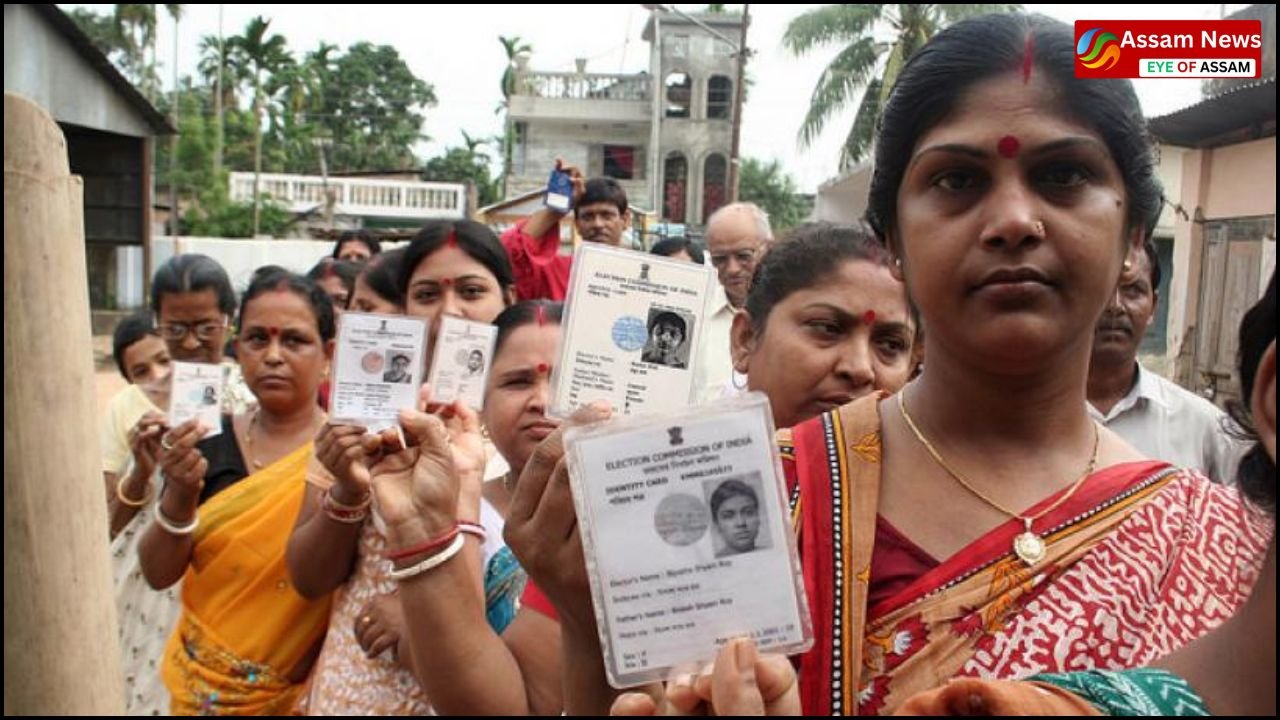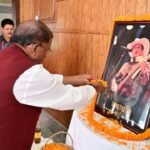People voted in large numbers in the second phase of Panchayat elections in Assam. A total of 79.23 percent people exercised their franchise in the polling held on Wednesday. In this phase, voting took place in 13 districts including Dhubri, South Salmara-Mankachar, Goalpara, Bongaigaon, Barpeta, Bajali, Nalbari, Kamrup, Kamrup (Metro), Hojai, Nagaon, Morigaon and Darrang. An official said that a total of 91,31,127 people were eligible to vote in this phase, out of which 44,99,952 were women. People reached the polling stations since morning and stood in long queues to vote and exercised their democratic right.
Highest voting in Dhubri and lowest in Kamrup Metro
In this phase, Dhubri district recorded the highest voting of 88.63 percent. On the other hand, the lowest 71 percent people voted in Kamrup (Metro) district. According to election officials, peace prevailed throughout the voting and there was no need for re-polling anywhere. The fate of a total of 29,608 candidates was at stake in this second phase. These candidates were contesting for 181 Zilla Parishad seats, 87 Zonal Council seats and 10,530 Gram Panchayat seats. Earlier, the first phase of voting was held in 14 districts on May 2 in which 70.19 percent voting took place.

Election results will be declared on May 11
Now all eyes are on May 11 when the counting of votes of these two phases will take place and the results will be announced. So far there have been 1,289 seats where candidates have been declared winners without any contest. These include 21 Zilla Parishad seats, 151 Zonal Council seats and 1,117 Gram Panchayat wards. The official informed that voting started at 7:30 am on Wednesday and continued till 4:30 pm. However, those who reached the polling station on time got the opportunity to vote till late night. This time the election system is considered to be quite organized and peaceful.
Different system in Sixth Schedule districts
A total of seven districts of Assam come under the Sixth Schedule of the Constitution. These districts are governed at the local level through autonomous councils, so panchayat elections are not held here. In the areas coming under the Sixth Schedule, administrative work is done through traditional rules and autonomous bodies. In the remaining districts, voting has been conducted peacefully in two phases. The Election Commission and the local administration provided adequate security and facilities for the voters so that people do not face any problem in voting. Now it has to be seen which candidates the public gives a chance to represent in the Panchayat on May 11.







